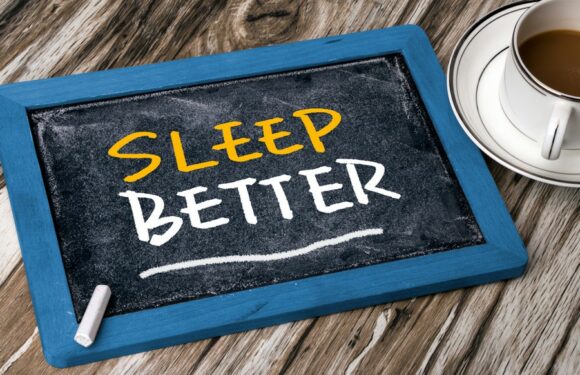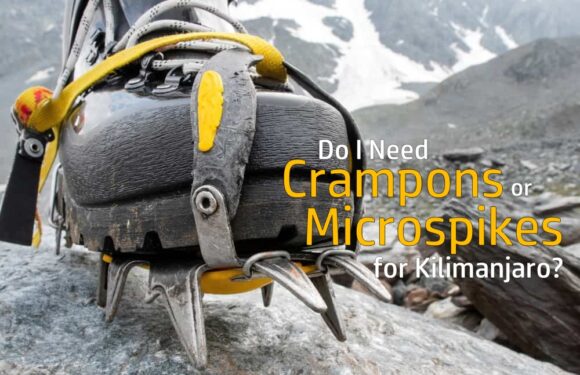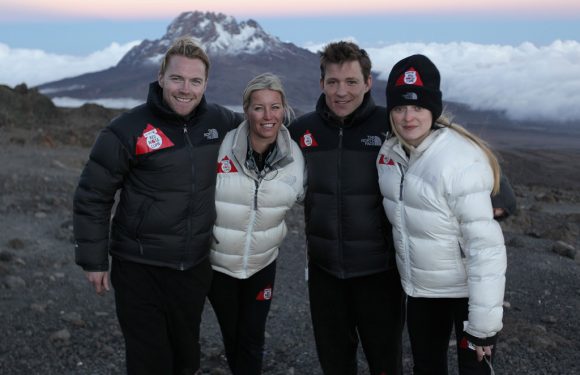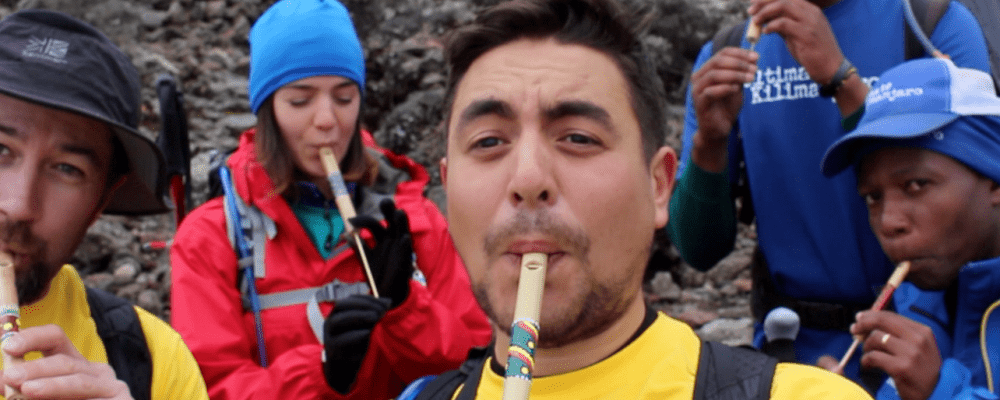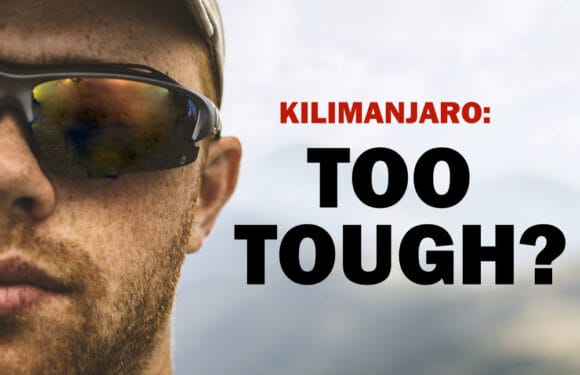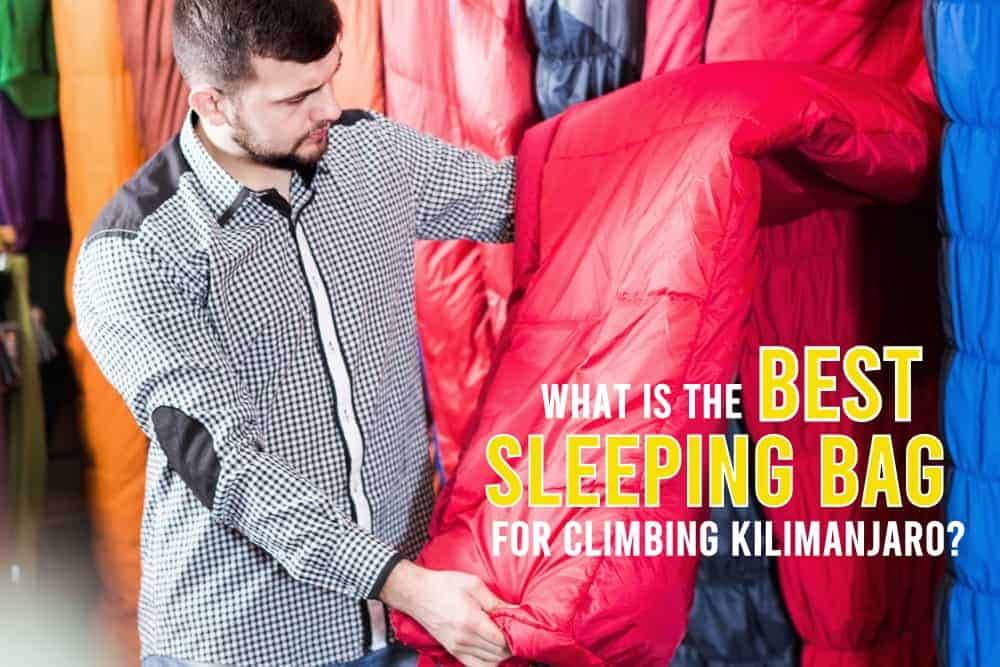
What is important in a sleeping bag for Kilimanjaro?
When it comes to climbing Kilimanjaro, one of the first questions people usually ask is, “How cold does it get?” On the lower slopes, in the rainforest zone, temperatures are regularly around 50-60 degrees Fahrenheit at night. But just above that, in the heath and moorland zone, nighttime temperatures can already drop below freezing. This is just day two of most climb itineraries. You can see how quickly it gets cold on Kilimanjaro.
The highest camps where most visitors will sleep are located about 15,000 feet to 16,000 feet high, in the alpine desert zone. Nighttime temperatures here hover around freezing, but can easily be much colder than that, as Kilimanjaro’s weather is volatile and unpredictable. So when choosing a sleeping bag, you want a warm, four season bag.
What Temperature Rating Do I Need?

We recommend getting a sleeping bag with a temperature rating of 0F/-18C or warmer (-20F/-29C).
Some people tend to sleep “warm” or “cold” – meaning that some get hot at night while others feel cold in the same conditions (most females tend to sleep cold).
Someone who sleeps warm can use a bag with a higher temperature rating than someone who sleeps cold. However, we recommend the warmer bags to be on the safe side because the temperature can always be regulated by wearing less clothing while inside the bag, unzipping the bag partially or all the way, using the bag as a cover sheet, or not using the mummy hood.

Note that some manufacturer’s sleeping bags will have ‘comfort’ and ‘extreme’ temperature ratings listed on their products. The ‘comfort’ rating refers to the temperature most will feel warm enough while sleeping. When used at temperatures below the ‘comfort’ rating, the user is likely to feel cold. On average women feel cold more than men so this rating is some degrees above what it would be for the average man.
The ‘extreme’ rating is essentially the temperature where the user can survive. It is not the lowest temperature you will be comfortable as you would be anything but comfortable. You should not expect regular use of the bag at this temperature. It is the temperature at which the bag will keep you alive.
What Materials are Sleeping Bags Filled With?

Quality sleeping bags are made of two materials – either duck or goose feathers (down bag) or polyester (synthetic bag). Both serve the same purpose, to trap warm air inside the bag.
Down Sleeping Bags
A down bag has a superior warmth to weight ratio. There is no other material that can match down. The fill-power of down speaks to its loft or fluffiness. A common misconception that fill power is the amount of down in a bag, but it actually measures the cubic inches an ounce of that down would fill. The higher the fill-power, the more space it takes up. For instance, one ounce of 800-fill down takes up 800 cubic inches of space (it’s really fluffy).

Down bags are lighter, warmer and more compressible. Their warmth efficiency comes at a price premium.
Synthetic Sleeping Bags
A synthetic bag is made from polyester fibers. Most synthetic bags use one of two technologies: short-staple fills or continuous-filament fills.
Short-staple fills use short strands of thin filaments that are densely packed, which makes sleeping bags flexible, soft, and compressible.
Continuous-filament insulation uses longer, thicker filaments that are less compressible than short-staple insulation, but more durable.
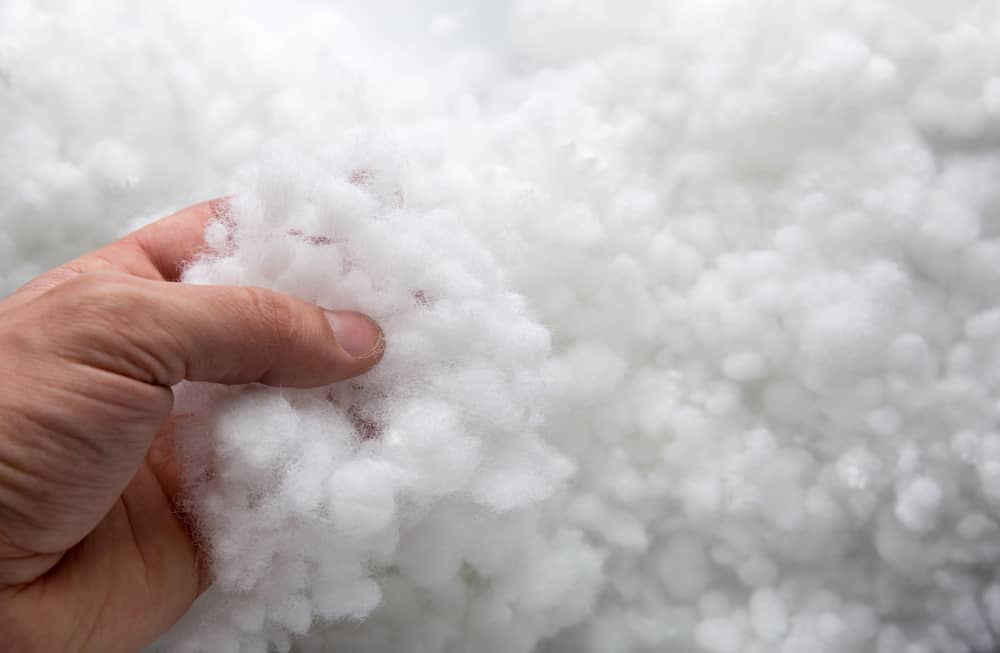
Down vs. Synthetic
When comparing down bags to synthetic bags, understand that a down bag with the same temperature rating as a synthetic counterpart will always be lighter and more compressible. However, if a down sleeping bag gets wet, it takes a very long time to dry and loses its warmth (think of how flat feathers become when they are wet). On the other hand, synthetic bags retain their warmth capabilities even when wet as the filaments do not compress like feathers do.
Either a down or synthetic sleeping bag will work fine for climbing Kilimanjaro.
It’s a matter of what you feel comfortable paying for a sleeping bag and how important it is to you for a bag to be lightweight or compressible. Remember that our porters are going to be carrying it for you from campsite to campsite, so how heavy and compact it is will not be an issue. However, these may be factors on your future adventures elsewhere.
We should mention here that down and synthetic fill are the only suitable materials for sleeping bags when climbing Kilimanjaro. You may have seen sleeping bags made of cotton or flannel. Do not bring these! These are not serious sleeping bags used for alpine conditions.

Cotton sleeping bags are for family trips and car camping vacations. They do not work on high altitude mountains. They are too heavy, too bulky, and probably not warm enough for the conditions.
Which Sleeping Bag Do You Recommend?
Mountain Hardwear Lamina -20F
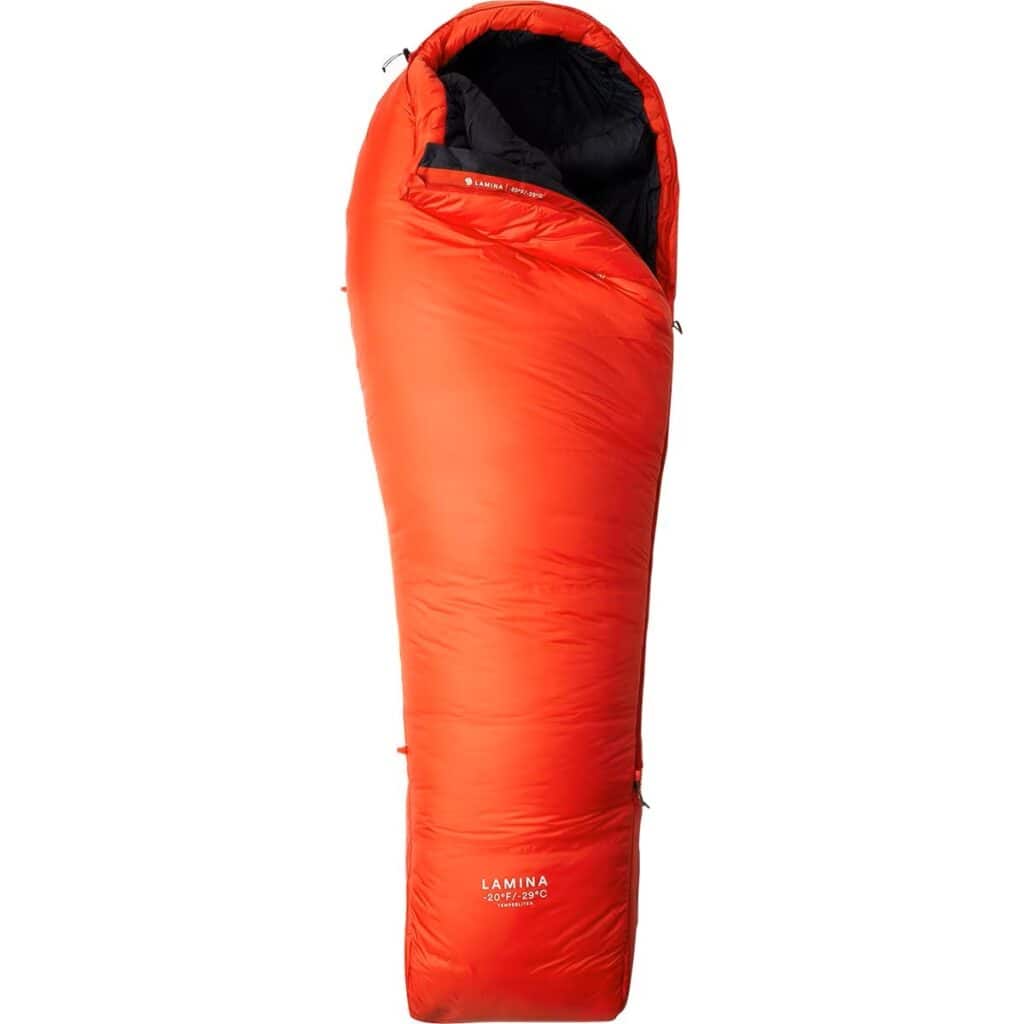
We really like the Mountain Hardwear Lamina -20 Sleeping Bag.
This is the same sleeping bag we use for our rentals. The high-loft synthetic insulation provides massive warmth that fights off the bitter cold of Kilimanjaro. An external DWR coating helps the shell material resist moisture. Our clients love these sleeping bags for their warmth and spaciousness.
The North Face Inferno -20F
The second sleeping bag we recommend is The North Face Inferno -20F/-29C Sleeping Bag.
This 800-fill down sleeping bag has waterproof fabric on the hood and footbox and is stuffed with hydrophobic down clusters. It keeps its warmth even in wet weather.
Find more sleeping bags here.
__________























































